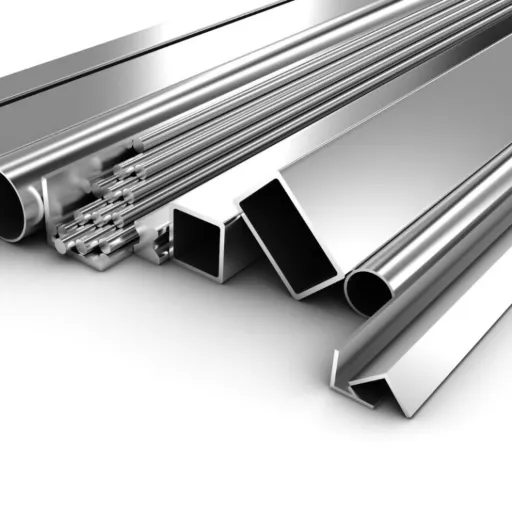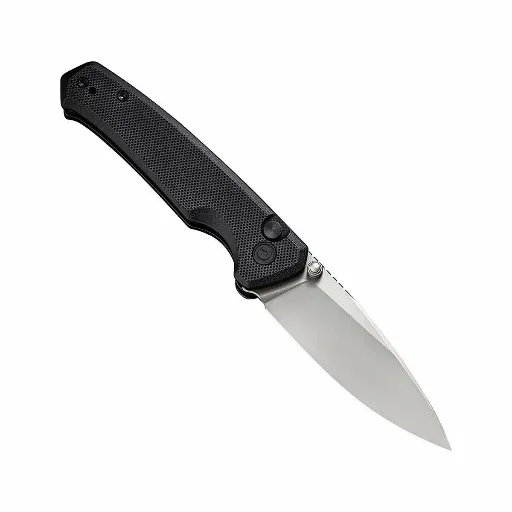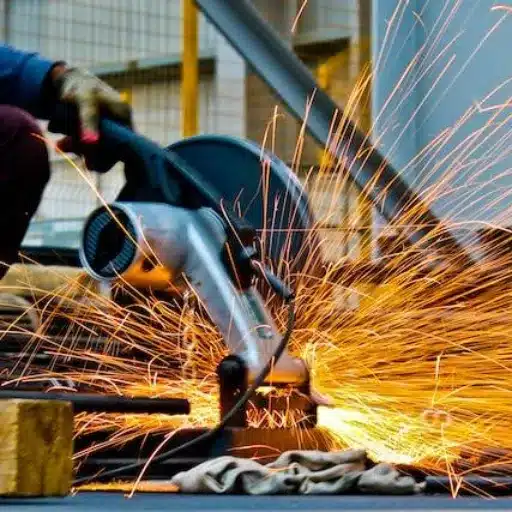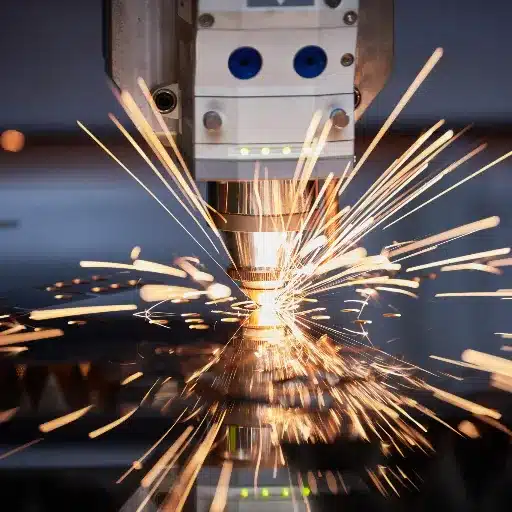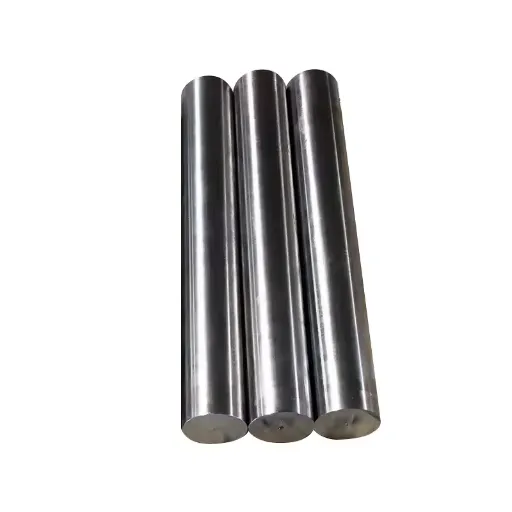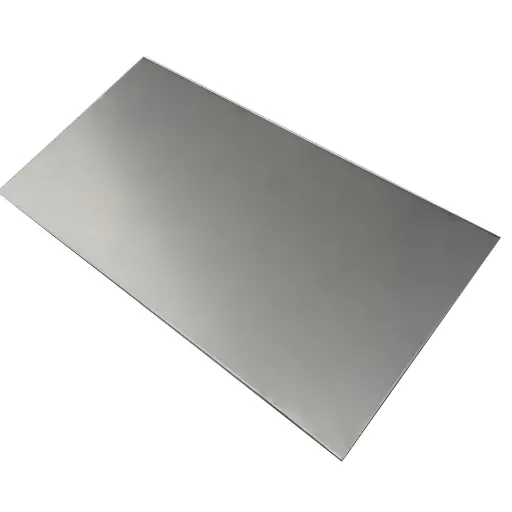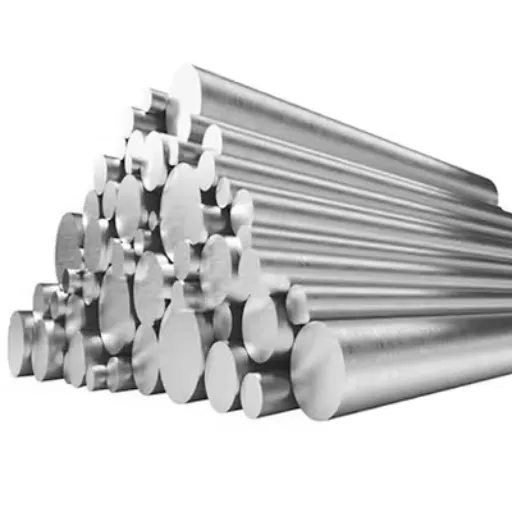Stainless steel is present everywhere in our daily lives—from the very kitchens to constructing buildings and even in the daily use of tools. However, the question is what makes stainless steel truly exceptional? The reply is through its distinctive combination of features—it is durable, yet versatile. Therefore, this blog post takes us through the exciting world of stainless steels by classifying different grades, types, and alloys giving a better understanding of this important material. If you are a professional in the industry, a DIY enthusiast, or just someone who is curious about what makes stainless steel different, then this article will talk about all its properties and applications. Thus, prepare yourself for revealing the mysteries of one of the most innovative and necessary materials of our age!
Introduction to Stainless Steel Grades
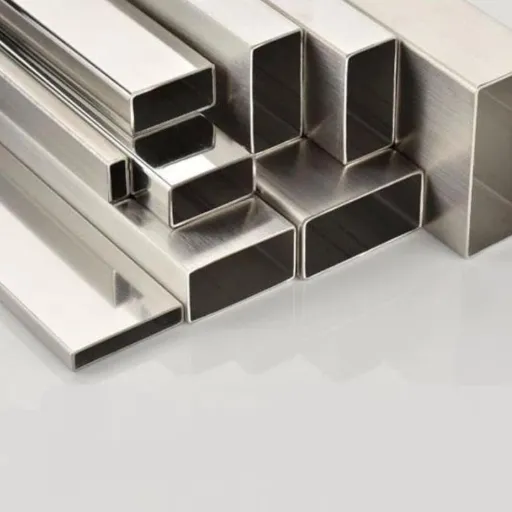
Understanding the Importance of Stainless Steel Grades
Stainless steel grades are crucial for picking the right material for designated applications. The stainless steel classification is divided into several grades with each grade having its own composition and characteristics such as corrosion resistance, strength, and environmental compatibility. Each grade is manufactured to satisfy specific criteria that directly influence the material’s working and lifespan in a particular application.
For instance, 304 stainless steel which is among the most utilized grades, is well known for its outstanding corrosion resistance and fabricability, thereby being the ideal choice for kitchen appliances, food processing equipment, and also, architectural works. In contrast, 316 stainless steel which has molybdenum in its composition, thus, enhancing its resistance to pitting and crevice corrosion very much in the case of chloride environments, and therefore making it a better choice for marine or chemical processing applications.
The Different Families of Stainless Steel
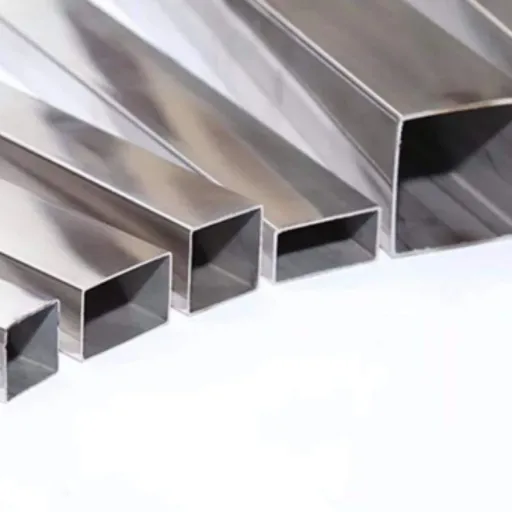
Austenitic Stainless Steel
Austenitic stainless steels, which are the most common and popular type, have an exceptional combination of high chromium (16-26%) and nickel content with some grades such as 304 and 316 also featuring molybdenum for superior corrosion resistance. Austenitic grades are known to possess very good formability and weldability, so they are applied in the food processing, chemical equipment, and construction industries. According to reports, the reason why over 70% of global stainless steel production is austenitic is that it has many different uses.
Ferritic Stainless Steel
Ferritic stainless steel is mainly made up of chromium (10.5-27%) and has a very low carbon content. This group of stainless steel grades has average corrosion resistance but very good resistance to stress corrosion cracking which makes it possible to use ferritic in the automotive exhaust systems, household appliances, and architectural trim. Ferritic grades, although less ductile than austenitic, are still economical and have the added quality of being magnetic.
Martensitic Stainless Steel
Martensitic stainless steels have high carbon content as their defining characteristic, which imparts them excellent hardness and strength. These grades (12-18% chromium) are mainly used for manufacturing knife blades, medical instruments, and turbine blades. Generally, their applications are in need of extreme wear resistance, however they are usually less corrosion resistant in comparison to austenitic or ferritic stainless steels.
Comparison of Popular Grades
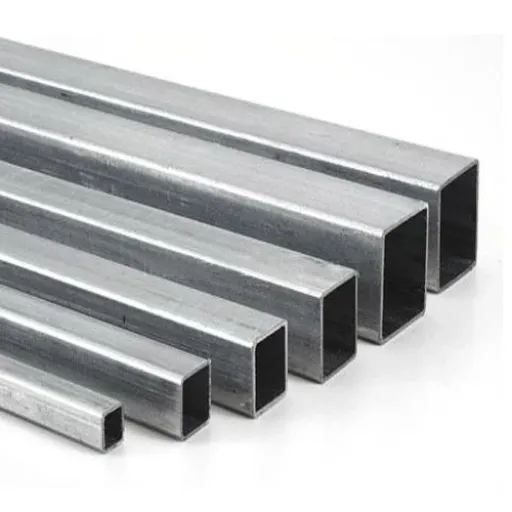
Characteristics of Different Stainless Steel Grades
| Grade | Composition | Tensile Strength | Key Features |
|---|---|---|---|
| 304 | 18-20% Cr, 8-10.5% Ni | ~515 MPa | Excellent corrosion resistance, non-magnetic |
| 316 | 16-18% Cr, 10-14% Ni, 2-3% Mo | ~550 MPa | Superior chloride resistance, marine grade |
| 430 | 16-18% Cr, minimal Ni | ~450 MPa | Magnetic, good oxidation resistance |
304 Stainless Steel
You can find 304 stainless steel almost everywhere when looking at austenitic stainless steels because it is the one with the best properties. Its high chromium (18-20%) and nickel (8-10.5%) content give it the title of the leader in corrosion resistance especially when they are present in the form of moisture and mild chemicals. This type of steel shows good weldability and is non-magnetic when annealed. It has a tensile strength of about 515 MPa and yield strength of 205 MPa, which is why it is widely used in construction, food processing, and kitchenware applications.
316 Stainless Steel
Due to the molybdenum (2-3%) addition, 316 stainless steel is sometimes referred to as the marine and the most corrosive environment grade. The reason for this is that it increases its resistance to pitting and crevice corrosion even in the presence of chloride ions. Besides, it has a higher tensile strength around 550 MPa and a yield strength of 240 MPa. Furthermore, 316 possesses great high-temperature performance and does not lose its strength at higher temperatures, thus making it a favor for chemical processing, pharmaceutical equipment, and desalination plants.
430 Stainless Steel
430 stainless steel is classified among the ferritic stainless steels and is mainly used for applications that need good resistance to corrosion and an attractive look. With its high chromium content (16-18%), stainless steel offers considerable resistance against oxidation and tarnishing, thus, being suitable for decorative applications and household items in the kitchen. On the downside, it is not recommended for poorly controlled or harsh environments as it has lower resistance to corrosion compared to austenitic grades. It is magnetic and its mechanical properties are just at a moderate level with a tensile strength of roughly 450 MPa.
SAE Designations and Their Meanings
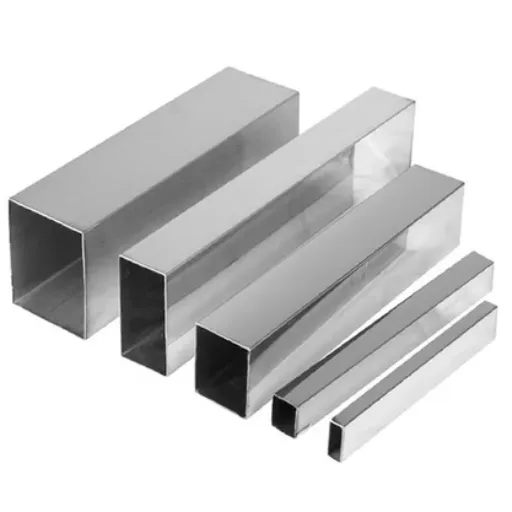
The SAE (Society of Automotive Engineers) designations are a classification method for stainless steel grades that is accepted worldwide. The classifications not only speak to the composition of the alloys but also their properties and applications, and so just about any industry can pick and choose the materials that really suit their needs. Here is the summary of the important designations and their definitions:
SAE 304
This alloy is commonly referred to as 18/8 stainless steel and it has about 18% chromium and 8% nickel in it. It is the most preferred alloy because of its amazing corrosion resistance and good formability which has resulted in applications like make kitchen equipment, industrial piping, and even automotive components.
SAE 316
The grade is further strengthened by 2-3% molybdenum which also imparts to it the property of very high corrosion resistance in chloride environments. It is often referred to as the marine grade because of its application in marine parts and chemical processing and medical equipment where the working environment is quite harsh but for its durability is dictated by the application.
SAE 430
Ferritic type of stainless steel containing roughly 17% chromium and almost no nickel. Magnesium and thus it offers not only good resistance to oxidation but also corrosion and hence it is popular in automotive exterior and home appliance.
Applications in Various Industries
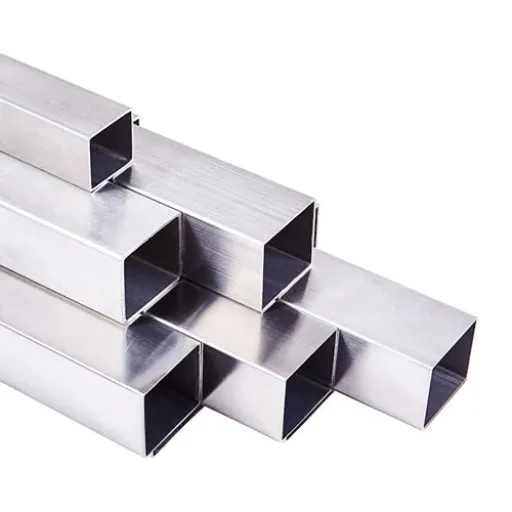
Stainless Steel Applications in Construction
Building Facades
The major application area where stainless steel is extensively used is the building facades and cladding. The ability of the metal to withstand weathering and pollution made it the choice for cladding and facades in the first place. An example is the use of 316L grades in coastal or industrial areas which gives it an advantage because of its excellent resistance to chloride-induced corrosion.
Structural Components
Stainless steel is not limited to just non-load-bearing applications but is also used in bearing structures such as bridges, roofing systems, and reinforced frameworks. The material exhibits a combination of properties such as a very high strength-to-weight ratio and being fire and seismic activity resistant, making it the best option for even the most difficult architectural projects.
Use in Medical Equipment and Devices
Stainless steel has remained an important player to the medical industry due to its combination of durability, corrosion resistance, and biocompatibility. Production of surgical instruments, medical implants, and hospital equipment are the main fields where stainless steel is applied extensively. For instance, the use of stainless steel alloys like 316L in orthopedic implants and surgical tools is because of its resistance to pitting and the ability to maintain the structural integrity even under harsh conditions like sterilization and exposure to bodily fluids.
Market surveys indicate that the requirement of stainless steel in the medical devices sector is going to increase substantially, and the expected compound annual growth rate (CAGR) is going to be as high as 6.3% through 2031.
There are several factors contributing to this growth, and they include the increasing demand for high-quality and durable medical devices, especially in the developed regions with an aging population and the rising healthcare investments. Another factor is the ongoing development of less invasive surgical methods that, in turn, have increased the demand for precision-engineered tools made from stainless steel.
Choosing the Right Grade for Your Needs
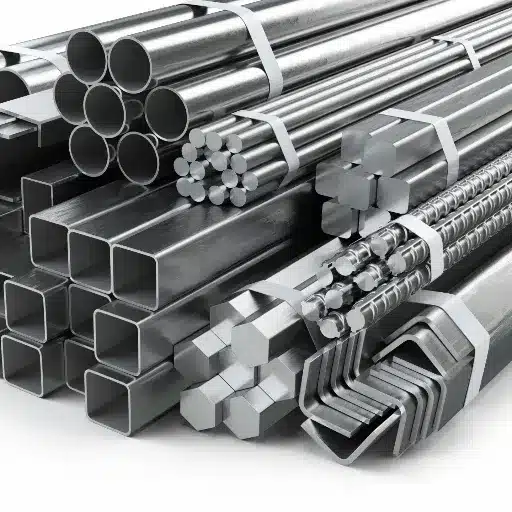
Factors to Consider When Choosing Stainless Steel
1 Corrosion Resistance
The range of the stainless steel grades has different corrosion resistance properties. To illustrate, stainless steel 304 is very much resistant to both oxidation and corrosion hence being the widely used material for kitchen utensils and food processing. Nonetheless, 316 stainless steel is the choice for environments that have a high amount of chlorides or saltwater, such as marine equipment, because of its higher molybdenum content which gives it an edge in corrosion resistance. A common belief in the industry is that 316 stainless steel is the best option for chloride concentrations of up to 10%, while 304 may get affected in those very conditions.
2 Strength and Durability
Martensitic stainless steels like grade 410 or duplex stainless steel are good examples of strong materials required for different types of applications in construction and industrial machinery, etc. These grades boast their marvelous tensile strength and wear resistance properties. Studies show that duplex stainless steels are almost twice stronger than austenitic grades, specifically grade 304, thus allowing designs to be thinner and lighter without losing the durability feature.
3 Temperature Resistance
Resistance to heat is another essential consideration. Stainless steels like grade 310 or 446 can specifically resist high temperatures, and they are often found in the manufacture of heat exchanger and furnace parts. In contrast, ferritic grades such as 430 are used in low-temperature conditions offering an economic alternative that does not create any performance compromise.
Tips for Selecting the Appropriate Steel Grade
-
✓ Consider the Operating Environment
The decision for the steel grade is highly influenced by the operating environment. In particular, the use of stainless steels like 316, which contains molybdenum to enhance resistance to chloride-induced corrosion, is an example of the positive influence of steel in harsh environment like that of marine or chemical processing plants where corrosion is an issue.
-
✓ Evaluate Mechanical Properties
The steel grade selected must be one that has all the desirable properties including tensile strength, impact resistance, and ductility. Take for instance, the case of aerospace gear systems, which are high-performance applications where durability is a necessity, steels such as 17-4 PH are widely used due to their exceptional strength (up to 900 MPa) after heat treatment.
-
✓ Assess Temperature Resistance
Hot environment calls for heat resistant grades. AISI 310, which has 25% chromium and 20% nickel as its major components, can resist scaling and also possess strength at the temperature of 2000°F (1093°C) that is still acceptable.
Reference Sources
-
DataIntelo – Stainless Steel Target Market Report
This report provides insights into the end-user segments of the stainless steel market, including industries like automotive, aerospace, electronics, and energy. It highlights the applications and demand for stainless steel grades in various sectors.
Source Link -
Endura Steel – Considerations When Choosing Stainless Steel Grades
This resource discusses the applications of stainless steel in industries such as food and beverage, emphasizing its hygienic properties and corrosion resistance. It also provides guidance on selecting the right grade for specific uses.
Source Link -
Nickel Institute – Design Guidelines for the Selection and Use of Stainless Steels
This document offers comprehensive design guidelines for selecting and using stainless steel. It covers material properties, corrosion resistance, and fabrication, making it a valuable resource for engineers and designers.
Source Link
Frequently Asked Questions (FAQs)
Q: What makes austenitic stainless steel grades special?
A: The main features of austenitic stainless steel grades are that they contain high amounts of chromium and nickel which makes them very resistant to corrosion and much harder. They are non-magnetic too and easy to weld which means they are suitable for many applications, including cooking pots and pipes. The combination of these properties makes austenitic stainless steels one of the most versatile options in the stainless steel family.
Q: How corrosion resistance are among the grades of stainless steel?
A: The resistance of stainless steel to corrosion depends on its chemical composition and varies dramatically between different grades. For example, 304 stainless steel is resistant to corrosion but is prone to pitting if immersed in chloride environments; 316 grade on the other hand, is a resistant steel because of its molybdenum content which makes it perfect for marine use. Selecting the appropriate stainless steel grade is essential for durability and longevity in corrosive conditions.
Q: How do stainless steels harden and how does their strength compare to that of carbon steel?
A: Stainless steels can be made hard through processes such as work hardening or precipitation hardening, which vary with different grades. For instance, martensitic steels can be thermally treated to get very strong and hard – sometimes even harder than carbon steel. On the contrary, austenitic grades cannot be hardened by heating but can be made stronger via cold working while conceding nothing in toughness and corrosion resistance.
Q: What are the stainless steel grades that are available?
A: Multiple stainless steel grades exist, each intended for a certain application. The main categories are austenitic, ferritic, and martensitic steels. Austenitic grades 304 and 316 are very popular due to their high corrosion resistance and toughness, which are the reasons why they are used in food processing materials and kitchenware. On the other hand, ferritic steels are resistant to oxidation and contain less nickel, while martensitic steels are strong and hard- ideal for knives and tools.

